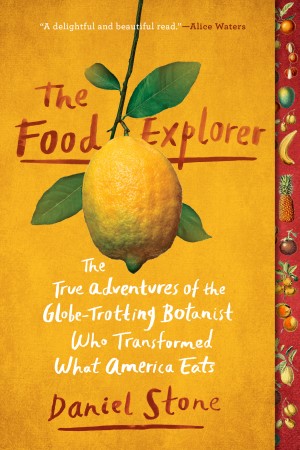As Carlo Petrini, founder and president of Slow Food International, notes in his foreword to Global Jewish Foodways: A History, food has always been more that just what we eat. It is a source of sociability, community, and identity. In many cultures it mediates with the divine, serves as a wall between or a bridge across different social or religious classes, and provides a way to structure economic relationships. It is also a constant presence at rites of passage throughout the human life cycle.
All of these phenomena have been particularly true of Judaism, with its ancient laws of kashrut. It is thus only natural that scholars have found Jewish food history — and the way food relates to spirituality, ritual, culture and migration in Judaism — a ripe field of study.
The collection features a stunning array of topics, including how Jewish food interfaced with Jewish and Christian relationships in Renaissance Italy, the phenomenon of itinerant Jewish peddlers serving as interpreters of Judaism to many who had never known Jews, and the power dynamics at play between Ashkenazic and Sephardic food, and Palestinian and Israeli food in contemporary Israel.
Along the way there are many unexpected findings, including the fact that pork cutlets were a hallmark of Jewish food in early and mid-20th century Russia. Diner and Cinotto also discuss the innovation in Argentinian cookbooks in the 1960s and examine early Zionist art, which shifted in its portrayal of what constituted the fruits of the land. They also make a fascinating study of Yiddish magazines between 1923 and 1940, demonstrating how interest in the then-emerging field of nutrition in America reflected the Jewish community’s assimilation into the urban and secularized society of its time. As that chapter’s author, Rakefet Zalashik, notes, “Jewish dietary laws were no longer the single prism through which food was to be evaluated.”
Touching upon issues of gender; geography, and, of course, gastronomy, Global Jewish Foodways serves as a fascinating study of the role food has played, and continues to play, in the Jewish story.
Dr. Stu Halpern is Senior Advisor to the Provost of Yeshiva University. He has edited or coedited 17 books, including Torah and Western Thought: Intellectual Portraits of Orthodoxy and Modernity and Books of the People: Revisiting Classic Works of Jewish Thought, and has lectured in synagogues, Hillels and adult Jewish educational settings across the U.S.





